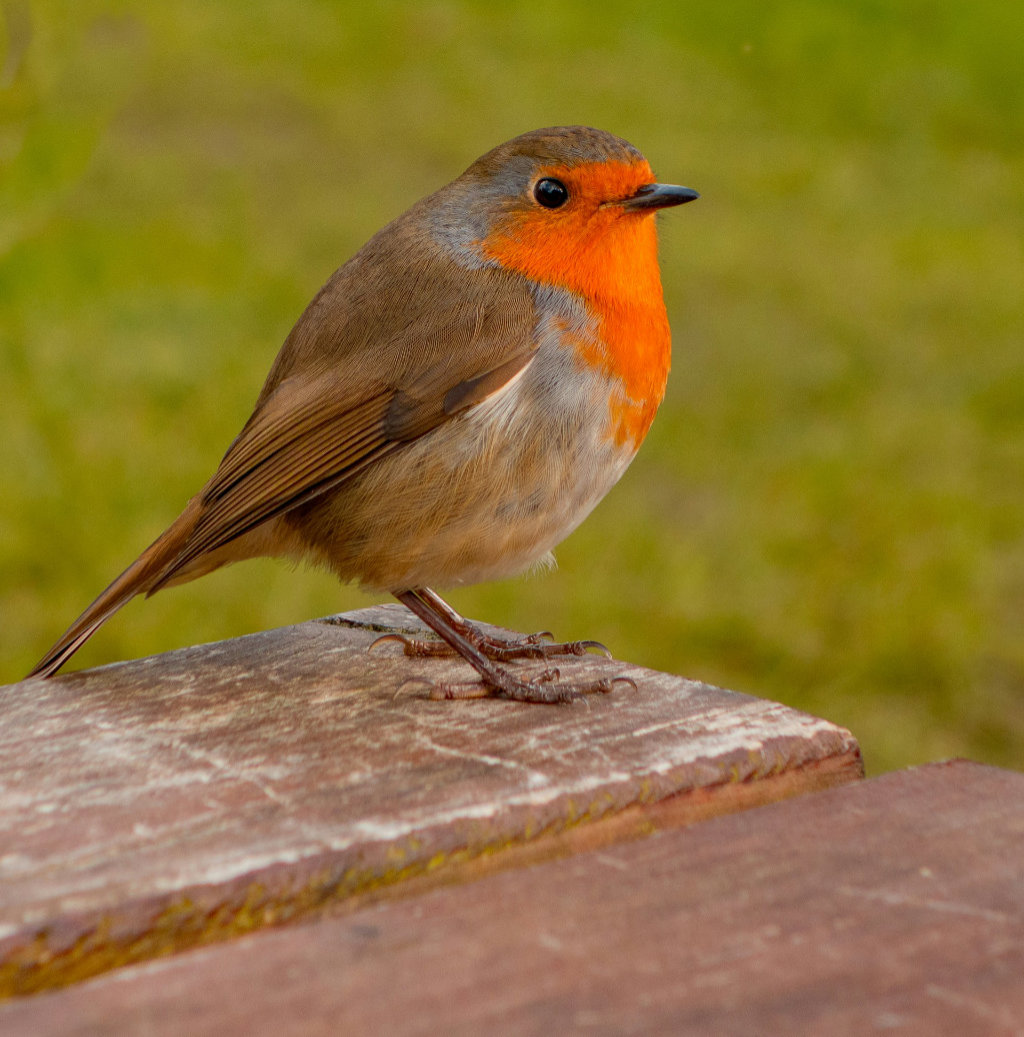Yes, you read that right. It would wake me around four or five in the morning – even earlier in May and June – starting with the twitterings of robins which were soon joined by blackbirds, chiffchaffs, and many others, and which would grow to a crescendo before fading as the birds began to get on with their birdy days. Mostly I would fail to get back to sleep again afterwards, which was what irritated me – especially as the husband usually didn’t even stir. Liking some fresh air in the bedroom overnight, our window is always open, so when the birdsong sometimes seemed like a cacophony, I only had myself to blame.
But that was 30, 40 years ago, before humankind had wrought so much destruction on the natural world. Around our house this spring, the dawn chorus consists of not much more than one blackbird’s song.
One.
Are we hurtling towards the Silent Spring so shatteringly foretold by Rachel Carson?
I fear we are.
Carson wrote in 1962 of the damage being done to wildlife by synthetic pesticides; at the time, her concerns were derided by the big agro-chemical companies (and others), but her book was the proverbial wake-up call, alerting people everywhere to the risks of intensive farming.
That was over 60 years ago; but since then, the world seems largely to have proceeded on its way unheeding, uncaring.
So now we are in a bio-diversity crisis.
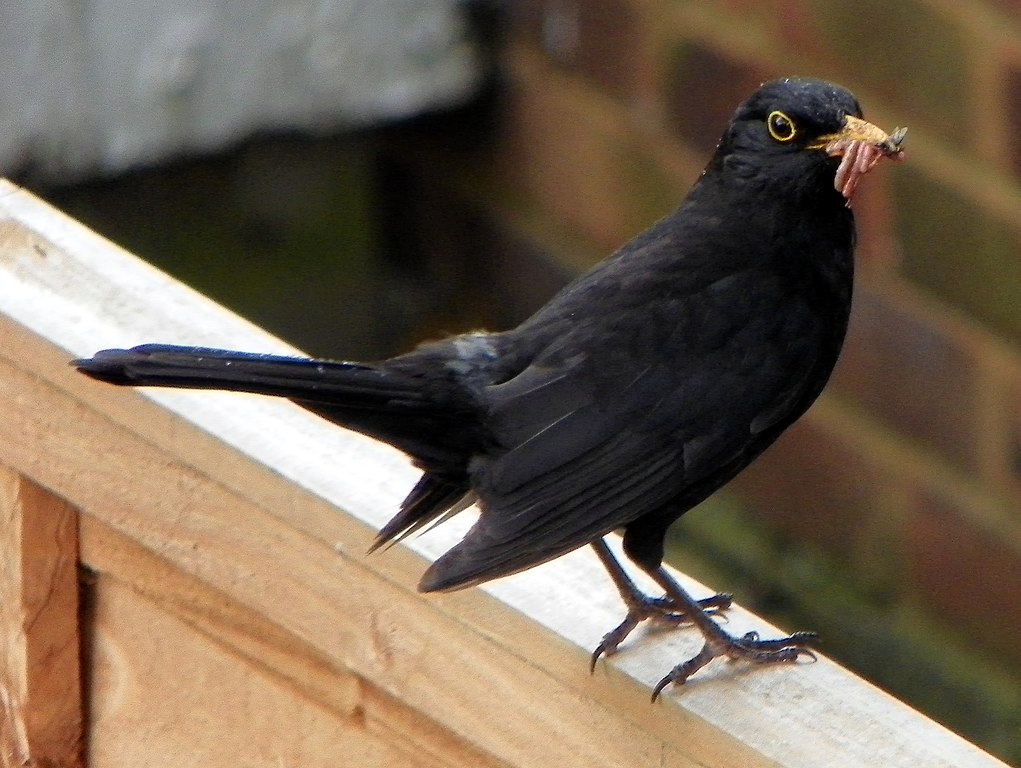
It’s not just my imagination that spring 2024 is – if not silent, then much quieter than it should be. The proof of that is the lone blackbird which sings from the hornbeam behind our house. He – it is a male – sings not to announce the dawn, but on and off all day for a mate. There isn’t one, not around here. There is one female (with a distinctive mark on her side, so I know it is the same one every time I see her), but she is not interested; she clearly has chicks to feed, at least some of which I hope will fledge safely and survive to raise their own brood next year. Sadly, the odds are against them.
The speed of loss is breath-taking: one winter morning only four or five years ago there were 16 blackbirds on our lawn. Some, we knew, were temporary visitors from regions further north – blackbirds are known to come to the UK from Scandinavian countries during the winter, returning there as the weather warms and the days lengthen, but most were probably ‘resident’. Since then, the numbers of all birds visiting our garden has steadily, visibly dropped. Bluetits and goldfinches (and magpies, about which I am ashamed to say I am ambivalent), still seem relatively plentiful, but every other species is in painfully obvious decline.
Where we lived previously, on the edge of the Somerset ‘Levels’, there were houses around us which had been farms, with barns and outbuildings used by swallows which would return every spring to nest in exactly the same place – often the same nest – as generations of their forebears had done. Gradually, all those barns and outbuildings were converted to dwellings; and no-one ever thought, apparently, of what would happen to the birds. People need houses, of course (though not second homes) – but so do the birds; and there was nowhere else for them to go.
We lived in that Somerset village for 14 years and in that time the number of swallows and house martins nesting around us dwindled to none.
Of course, it’s not just the loss of nesting places which has reduced the number of birds, but intensive farming and ‘development’, leading to loss of foraging habitat; the decline in insect and invertebrate life; climate change and the increasingly disruptive weather arising from it; the disturbance arising from human activity (birds have been found to be adversely affected by noise, as well as by light pollution); hunting migratory birds for sport, as still continues in Europe … the list seems endless.
Many people appear blissfully ignorant about the decline in birds and other wildlife; they seem to think that as long as there are plenty of green fields, nature in Britain must be all right. For people like me, however, and many WCV readers I’m sure, the knowledge that wildlife is in crisis can be profoundly depressing. My young grandson, like millions of other children all over the world, will never know the dawn chorus as I remember it, or be able to enjoy seeing the bountiful wildlife that many of us knew, and took for granted.
Does it matter?
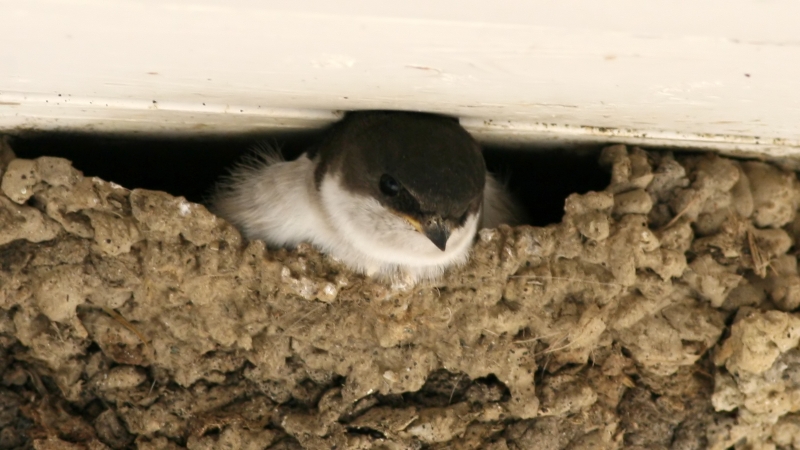
Of course it matters. For millions of us, the natural world is beautiful, awe-inspiring and fascinating, and should be protected – as far as possible – for that reason alone. Birdwatchers are said to be happier than others!(£) And I can vouch for that: not the obsessive ‘twitchery’ which is the butt of jokes, but just sitting quietly somewhere, watching the birdy comings and goings, can lift the spirits, allowing one to suspend day-to-day concerns – especially if you see something special. It is now increasingly well-recognised that engagement – even on a small scale – with nature is good for us, improving our mental health and wellbeing. I can’t think of anything else that positive – or which could so easily save millions of pounds, probably, from the NHS budget.
Given the rate of bio-diversity loss, it’s all too easy to throw one’s hands up in despair, but there are things we can do as individuals which will help protect what we have left, and at least try to slow the rate of decline.
For example: if you can, support your county or regional Wildlife Trust; trusts need paid staff as well as volunteers, and many employ conservationists whose knowledge and experience are invaluable. Many trusts have also been able to purchase areas of land for active conservation projects, which are seen to work.
If you have access to a garden or a balcony, you could grow some native wildflower plants; seeds can be bought relatively inexpensively, in packets whose contents can be scattered on bare soil or compost in April and May. Their flowers will bring in insects: food for birds.
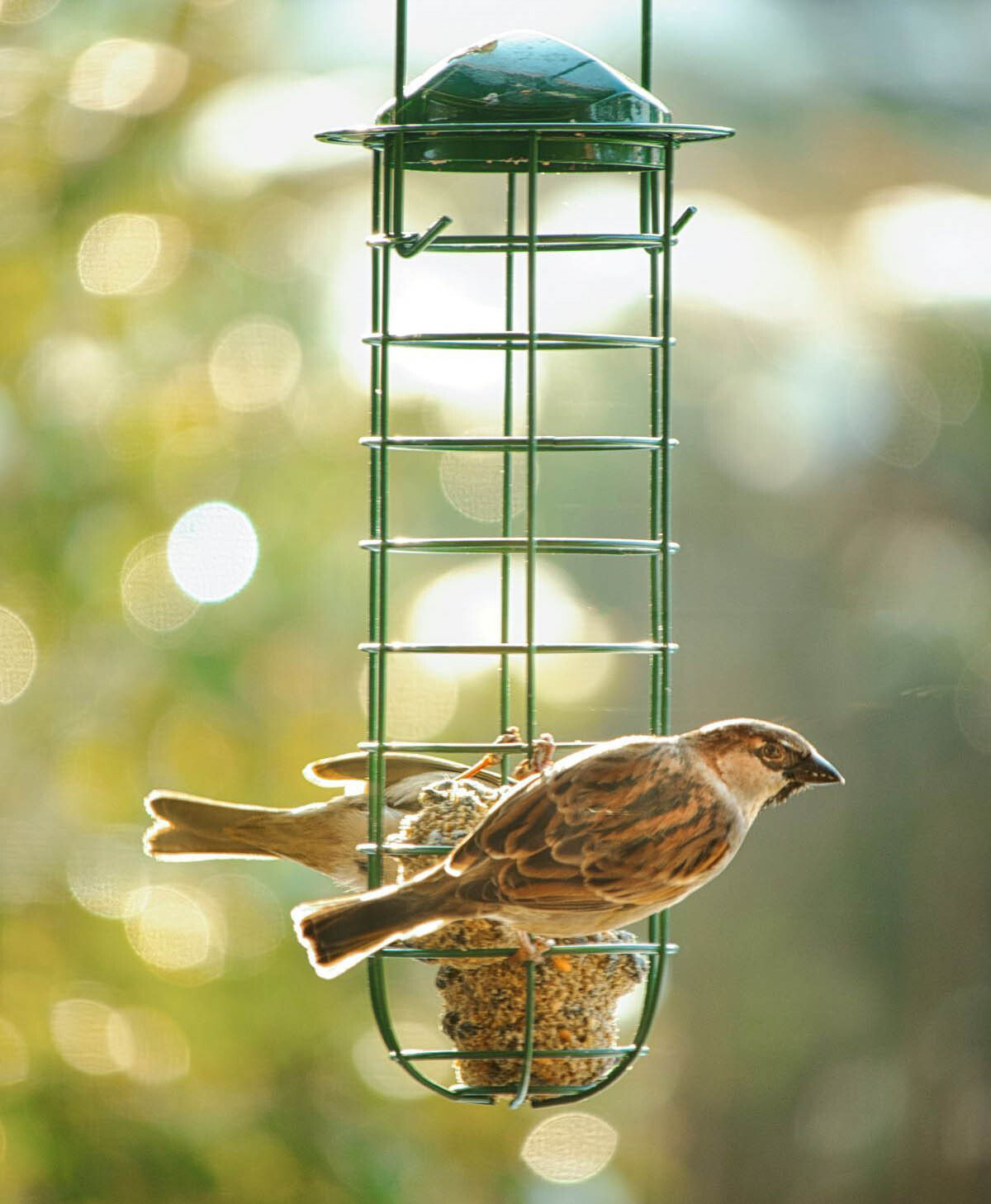
If you are growing plants of any kind outdoors, please garden organically. Even chemicals which claim to be ‘wildlife-friendly’ are often not reliably so. If numbers of insects and invertebrates drop further, so will those of birds.
If you have a garden, please don’t cut trees, hedges or bushy shrubs during the bird-nesting season – usually February to August. And if you have a mature tree in your garden which annoys you because it drops its leaves everywhere in the autumn, please don’t cut it down for that reason alone! Even a ‘replacement’ sapling (if it survives) will not offer the same foraging and habitat until many years have passed.
If you are lucky enough to have swallows or house martins nesting around your house, please don’t knock the nests down. Yes, the birds’ droppings make a mess, but it’s only for a short while; they will be gone by late summer. Try to view their nesting under your house eaves as a privilege: it is all too rare.
If you are able to, please feed the birds around your house or flat. The RSPB website has a lot of advice about feeders etc.; perhaps most importantly, to keep your bird feeders clean. Disease spreads very quickly in a small population of birds, and you don’t want to be responsible for more loss.
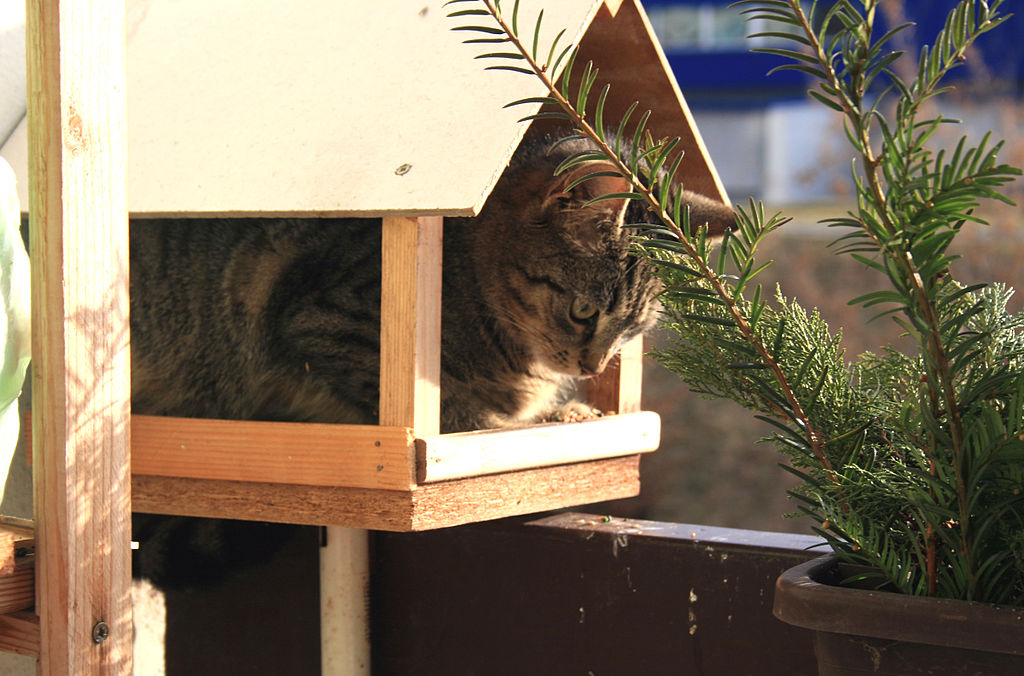
If you have a cat which usually goes outside, please consider keeping it indoors more often during springtime. If this is really not feasible, please try not to let your cat out early in the morning or at dusk, when birds are especially vulnerable. I love cats and am housekeeper-and-servant to one (our twelfth) – but they kill and maim many birds, especially during the nesting season. The Cats’ Protection League website has useful information about reducing the risk from cats to birds and other wildlife.
And, if you can, go out and spend some time in a natural outdoor space. It may be your garden; it may be a park; if you can get to it, it may be a nature reserve or national park; but wherever you do it, I hope you will see some birds – they have not all gone. Yet.
You can also get involved in the campaign to ensure that new builds include ‘swift bricks’ to ensure cavity-nesting birds can be saved from extinction. Ed.

